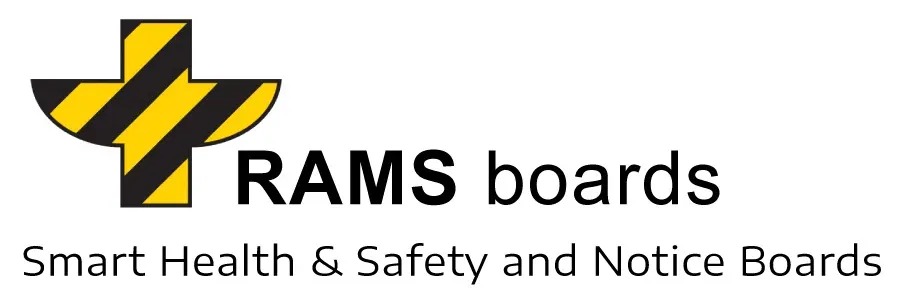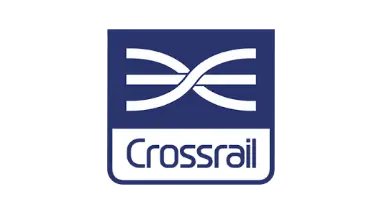Table of Contents
Crossrail (Elizabeth Line): Transforming London`s Transportation Landscape
The Crossrail project, now fully operational as the Elizabeth Line, stands as a monumental achievement in UK railway construction. Designed to dramatically transform transportation across London and its environs, Crossrail has introduced a new high-capacity railway line running east-west through the heart of London. This ambitious project has played a pivotal role in increasing transport capacity and reducing travel times for millions.
| Crossrail Overview | Details |
|---|---|
| Name | Crossrail (Elizabeth Line) |
| Scope | A major railway project designed to transform transportation across London and surrounding areas. |
| Description | Construction of a new high-capacity railway line running east-west through central London, increasing transport capacity and reducing travel times. |
| Key Elements | – Tunneling: Extensive construction of new underground sections beneath London. – New Stations: Ten new stations in central London and surrounding areas. – Route Upgrades: Upgrades and integration of existing rail lines. – Rolling Stock: Introduction of new, modern trains. |
| Business Impacts | – Improved Connectivity: Enhances travel across greater London. – Reduced Congestion: Offers an alternative to road travel. – Economic Boost: Stimulates development and regeneration along the route. – Capacity Increase: Adds 10% to central London`s rail capacity. |
| Legacy | – Transportation Transformation: Fundamentally changes London`s transportation landscape. – Engineering Feat: Represents a significant achievement in urban infrastructure development. – Lasting Benefits: Positively impacts London`s residents, businesses, and visitors for decades. |
| Operational Status | Transitioned to full operation as the Elizabeth Line in May 2022. |
Key Elements of the Project
- Tunneling: Crossrail`s journey involved extensive underground tunneling to create new railway sections beneath central London, a feat of modern engineering.
- New Stations: The project saw the creation of ten architecturally striking new stations in central London and the surrounding areas, enhancing the city`s infrastructure.
- Route Upgrades: Crossrail also entailed significant upgrades to existing overground rail lines, seamlessly integrating them into the new network.
- Rolling Stock: Introduction of new, modern, high-capacity trains to service the route, elevating the commuter experience.
Business Impacts
- Improved Connectivity: The Elizabeth Line significantly enhances travel options across Greater London, linking suburbs, major employment hubs, and Heathrow Airport directly with the city center.
- Reduced Congestion: By providing a viable alternative to road travel, the Elizabeth Line helps alleviate traffic pressure on London`s busy streets.
- Economic Boost: The project has stimulated business development and regeneration along its route, contributing to the city`s economic growth.
- Capacity Increase: Adding an impressive 10% to the rail capacity of central London, Crossrail ensures the network can accommodate future growth.
Legacy
- Transportation Transformation: The Elizabeth Line has fundamentally altered London`s public transportation landscape, setting a new standard for travel efficiency and commuter experiences.
- Engineering Feat: The construction of Crossrail represented a significant engineering challenge, showcasing the capabilities of modern infrastructure development.
- Lasting Benefits: The benefits of Crossrail will endure for decades, improving daily life for residents, businesses, and visitors to London.
RAMS boards Revolutionize Safety Culture on the Crossrail Project
The Crossrail project, now famously operational as the Elizabeth Line, stands as a monumental testament to urban transportation innovation. Within this colossal undertaking lies a key initiative aimed at transforming the safety culture and enhancing communication across all phases of the programme: the introduction of RAMS boards, a part of Crossrail`s Innovate18 programme.
Pioneering Safety with RAMS boards on Crossrail
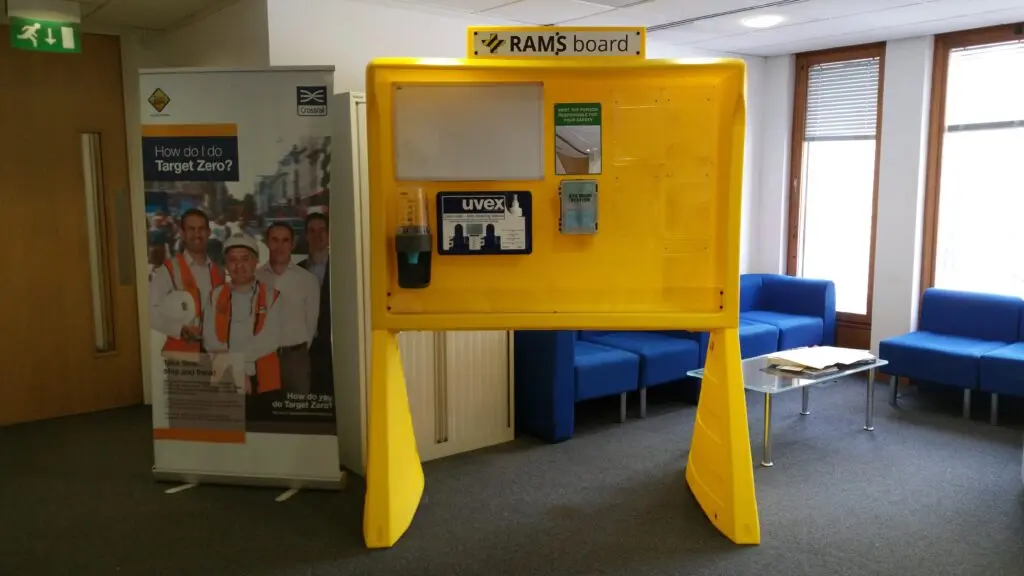
RAMS boards have emerged as a cornerstone in the quest to elevate safety standards and streamline communication on one of the UK`s most ambitious infrastructure projects. By integrating these modular information boards, Crossrail has taken a significant leap towards fostering a robust safety culture that permeates every level of operation.
Safety Culture Transformation: The deployment of RAMS boards across the Crossrail project sites has initiated a paradigm shift in how safety and operational information is communicated. These boards serve as centralized hubs for disseminating crucial safety protocols, updates, and compliance documentation, ensuring that all workers are consistently informed and engaged with the project`s safety ethos.
Enhanced Communication: Beyond safety, RAMS boards have played a pivotal role in boosting overall communication within the Crossrail programme. By providing a visible, accessible platform for information exchange, these boards have facilitated a smoother flow of essential data, mitigating risks of miscommunication and enhancing the efficiency of project execution.
Innovate18 Programme: The introduction of RAMS boards is part of Crossrail`s broader Innovate18 programme, designed to harness innovative solutions and practices that can lead to improvements in safety, sustainability, and project delivery. Through this initiative, Crossrail has showcased its commitment to not just achieving engineering excellence but also to embedding innovation into its core operational framework.
The Impact of RAMS boards on Crossrail
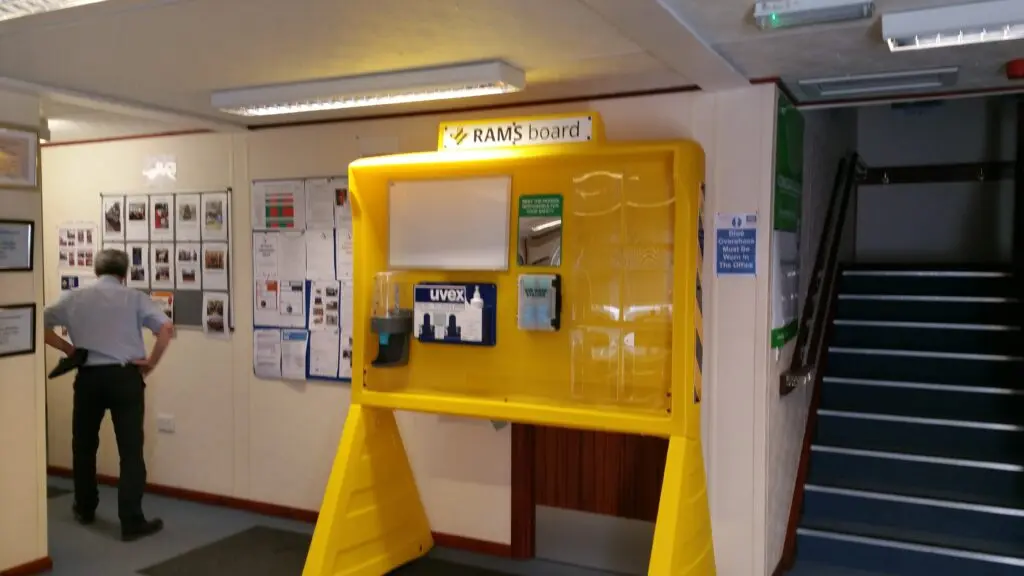
The effects of implementing RAMS boards within the Crossrail project have been profound and multifaceted. Not only have they contributed to a noticeable improvement in safety culture, but they have also underscored the importance of effective communication in realizing complex infrastructure projects.
Key Benefits Realized:
- Proactive Safety Management: The centralized dissemination of safety information has enabled a more proactive approach to managing on-site risks and hazards.
- Operational Efficiency: By streamlining the communication process, RAMS boards have reduced potential delays and bolstered productivity across the project.
- Cultural Shift: The visibility and accessibility of safety and operational information have fostered a greater sense of responsibility and inclusiveness among the workforce, contributing to a positive shift in the project`s overall safety culture.
Conclusion: A Model for Future Projects
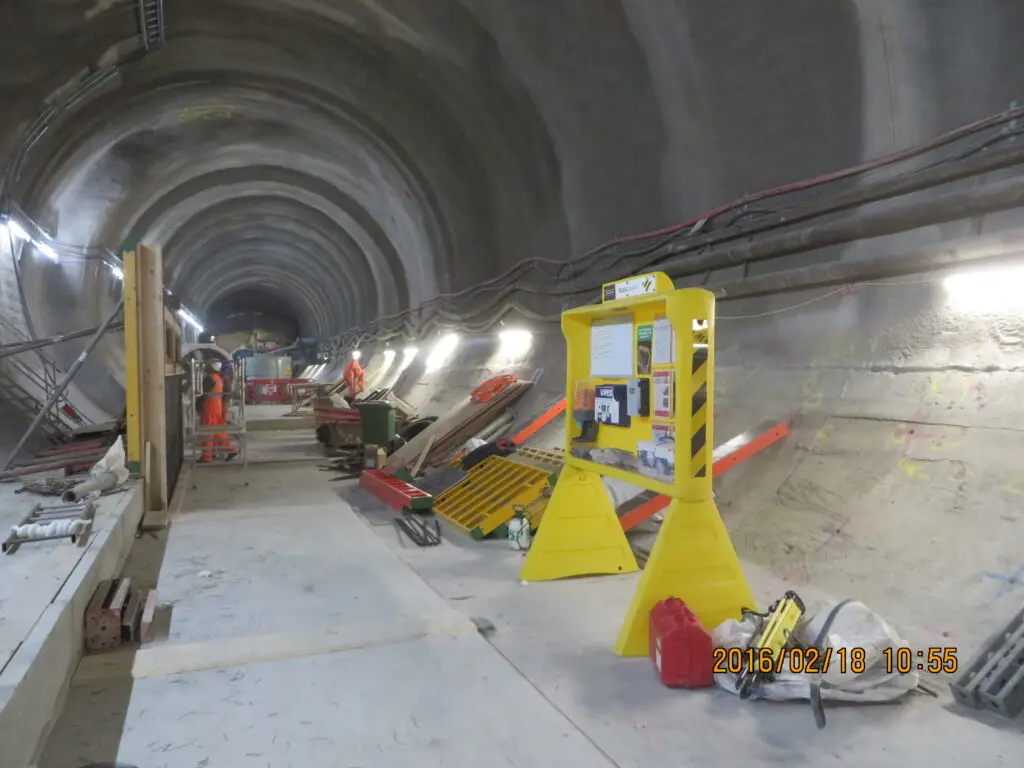
The integration of RAMS boards into the Crossrail project, as part of the Innovate18 programme, stands as a model for future infrastructure and construction initiatives. By prioritizing safety culture transformation and communication enhancement, Crossrail has not only achieved a significant reduction in incidents but has also laid down a blueprint for how large-scale projects can leverage innovation to improve safety and operational efficiency. The legacy of RAMS boards on Crossrail extends beyond the railway tracks; it signifies a leap towards a safer, more communicative, and efficient future in construction and project management.
